There are few world-wide established opportunities to find peace, acceptance, and the ability to focus on your inner well being. Places of faith are one of them, and should be protected across the globe from violence and hostility.
Now, before we continue, we need to make it clear that we are not advocating for any particular faith, creed, religion, spiritual preference, or lack thereof–rather, that all people have the right to feel safe when choosing to practice their chosen path. For the sake of brevity and argument, we will simply use the word “faith” to encompass each variant for the remainder of this article.
Recent situations in many places of faith have been targets of shootings, attacks, or violations and no one should feel unsafe in their place of faith. Yet, with the freedom to carry and use firearms comes with the responsibility of owning them, using them for good, and sometimes using them to protect from those who use them for evil.
Target Locations
The ideal “target location” is essentially anywhere that creates a false sense of security. Schools, churches, mosques, libraries, parks, temples, food establishments–there are countless widely established locations where people believe themselves to be safe. Typically, such establishments are considered to be “gun free,” making them an easy target for anyone who can get their hands on a firearm.
You don’t agree? When we walk into a place of faith, our guard goes down. We exhale a sigh of relief and get comfortable. The stress comes rolling off of you in strides. We look for positivity, strength in community, or a chance to reflect and grow. What we aren’t looking for is a radical charging in with an assault weapon, or a hate-filling individual intent on killing as many people as he or she can.
Our places of faith are full of people with their guard down, but they are also used to offer shelter to those who are weaker or need a place to stay. These men, women, and children are often in no condition to protect themselves or those around them. How many churches, mosques, and synagogues around the world provide food and shelter for those living on the streets, or lose their home because of a natural disaster? Too many to count, and all of those people are also unprotected.
Examples of Hate Crimes Against Places and People of Faith
In many cases, people get attached to a warped mindset and begin down the path of violence when others do not agree.
Based on stats from the Department of Justice, in 2017, religion was the second most-popular form of hate crime and took up 22% of all hate crimes that year. In comparison, the hate crimes based on religion in 2016 were around 1,200 incidents, that compares to the growing number recorded in 2017 of over 1,500 incidents. In FBI reports from 2017, of the 1,500+ victims of anti-religious hate crimes show that:
- 58.1% were victims of crimes motivated by their offenders’ anti-Jewish bias.
- 18.6% were victims of anti-Islamic (Muslim) bias.
- While the other religions, or lack thereof, make up the remaining spaces.
Managing these Attacks
To begin understanding the minds of these attacks and how to best be prepared for them, there are a few things we need to remember and take into consideration. No faiths are safe and all are equally important, especially for safety concerns. For most, the security of places of worship and prayer needs to be handled on a case by case basis. There is no “one size fits all” to protect those who attend places of faith, because they all see the world a little bit differently.
All it takes is one person within the community to accept responsibility and speak with their people to determine what everyone will feel safest with. For example, in forty-eight states, there are no laws that prohibit conceal carry of firearms in places of faith. However, each establishment may feel differently about having firearms on the property. If you are comfortable taking such actions to protect your place of faith, odds are you aren’t the only one.
You should also learn from how evil people make these horrific events happen in the past. Some common mistakes are sharing the killers name. Giving them the satisfaction of making them famous only gives them what they want. So, do not share their manifestos, as they are empowered by them. These manifestos are written for the world and if you’re sharing their words, you are unintentionally adding to their propaganda.
Most importantly–for everyone– is if you see something, say something, event when it’s online. Now more than ever, people can find groups that think like them online – good and bad groups. In fact, some reports say that these shooters in the most recent killings whose activity could be traced online to group chats and forums with like-minded evil people. If you happen across these places, let authorities know.
How to Take This Head-On
We never suggest putting yourself in the line of danger, ever. Rather, these recent attacks are often stopped short or slowed down by resistance of those who braved the danger. Be aware of the fact that anything can happen and have these conversations with people before you become a part of the statistic more than the solution.
Even if you’re not a leadership person, speak with the leaders in these houses of faith about the danger and ask permission before bringing any weapons. Speak with other men and women of faith and encourage them to be aware, watchful, and careful in these times. There is no shame in recognizing that evil can reach into the places we feel the most at peace, and being prepared for them.
Practicing proper safety of those who enter a place of worship is no different from that of safety for businesses, schools, and other organizations. Moreover, you may use the safety guidelines (insert link here) to practice active shooter drills like any other establishment would. So when you walk into your house of faith, your sense of security will not be misplaced.



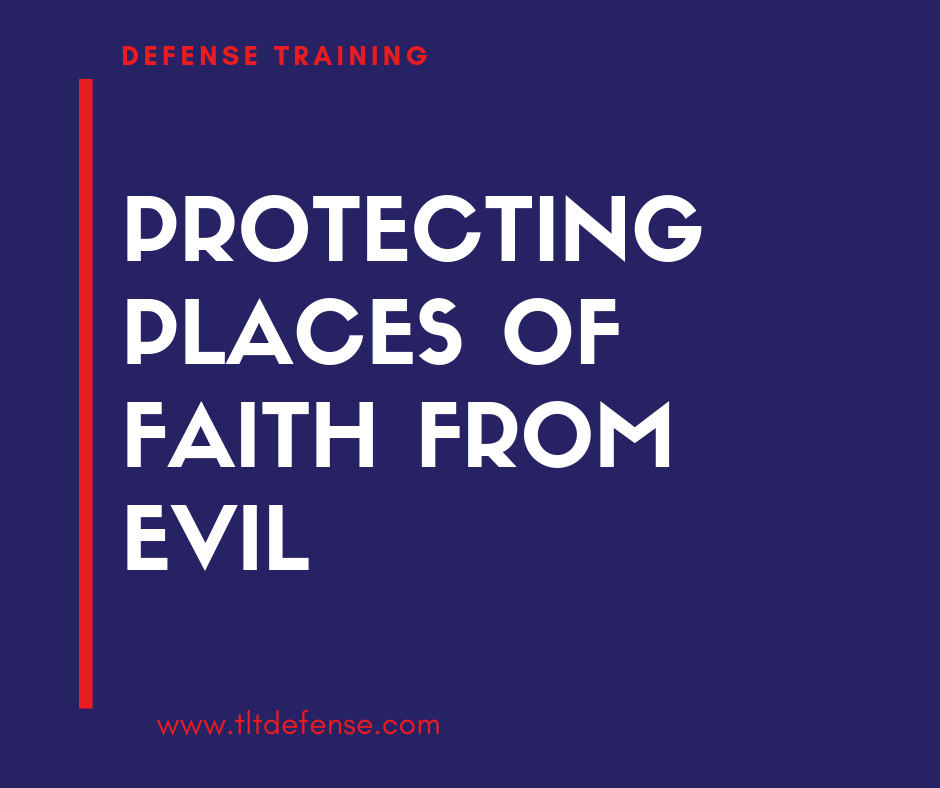
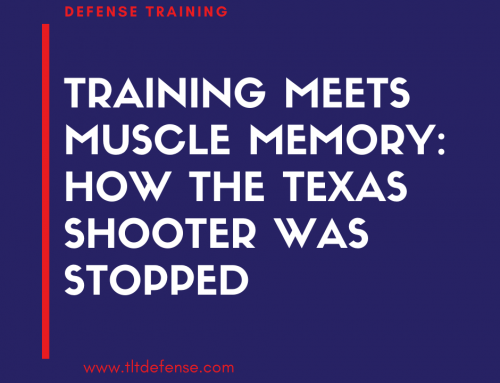
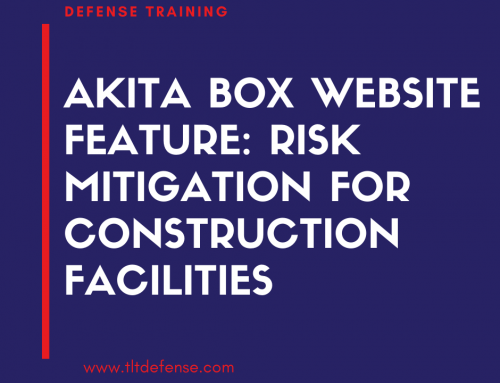

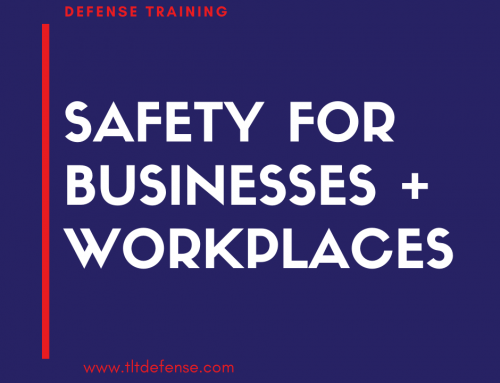
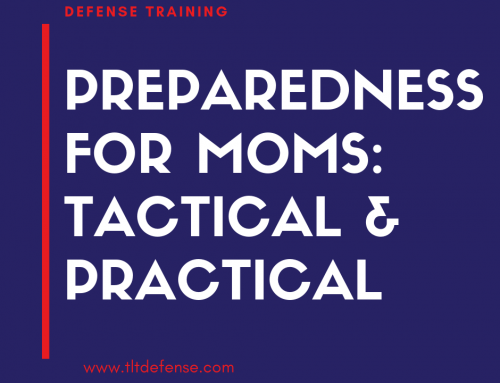
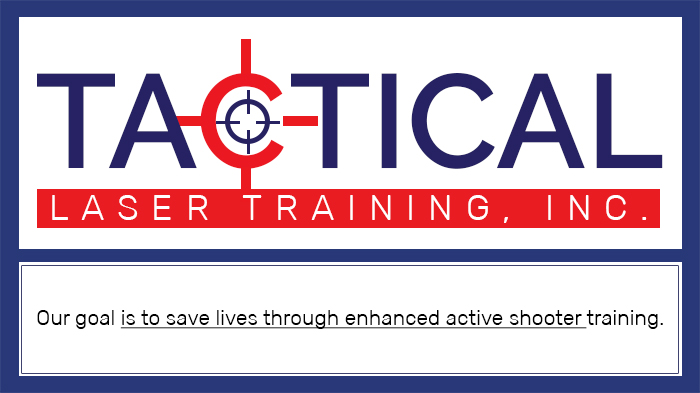
Social Contact